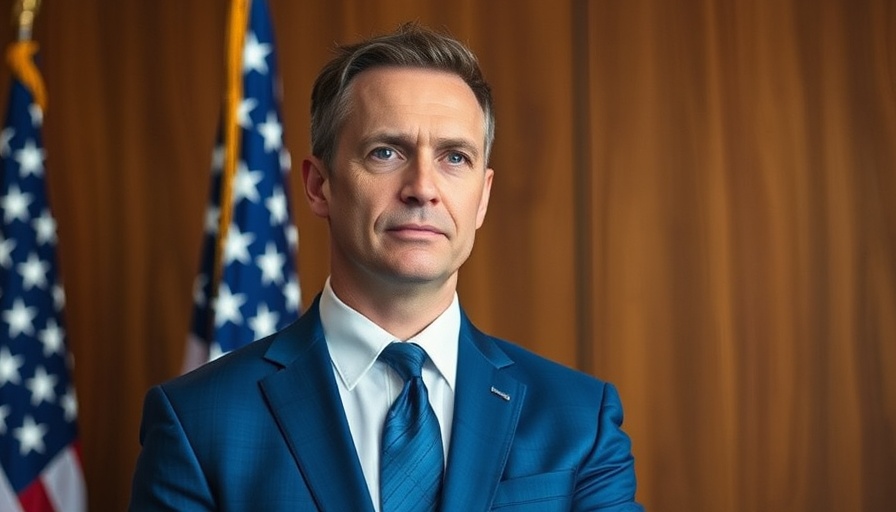
The Significance of Hegseth’s Visit to Panama
As the U.S. intensifies its engagement in Latin America, the upcoming visit of Pete Hegseth to Panama stands as a critical pivot in U.S. foreign policy and geopolitical strategy. The Panama Canal, a vital maritime route, symbolizes more than just trade; it represents U.S. interests and influence in the region.
Historical Context of U.S. Influence in Panama
The U.S. has maintained a complex relationship with Panama since the canal’s construction in the early 20th century. Historical treaties allowed the U.S. to exercise control over the canal until its handover in 1999. This history is essential as the region grapples with modern challenges like trade, security, and governance. Hegseth’s trip is a step toward reinforcing the significance of this historical relationship amid emerging global threats.
Modern Geopolitical Pressures
Increasing economic interactions with countries like China challenge U.S. influence in Latin America. As Latin American nations look to diversify trade and investment, the U.S. must navigate a landscape where strategic partnerships are vital. The Panama Canal remains a crucial choke point for international trade, making Hegseth's engagement timely and relevant.
Business Implications for Local Economies
With U.S. involvement increasing, local economies in Panama can expect shifts in business landscapes. As trade agreements evolve and U.S. companies consider investments in Panama, potential growth opportunities arise for local startups and established businesses alike. This dynamic also affects Bay Area entrepreneurs who may seek to capitalize on new trade routes and partnerships.
Future Economic Trends and Investments
The expected changes stemming from Hegseth's visit may lead to greater venture capital funding in the region. For instance, sectors such as logistics, technology, and sustainable practices could see an uptick in investment. Business leaders and investors, especially in Silicon Valley, should monitor these developments, as they reflect larger global economic trends that impact startup ecosystems.
Counterarguments and Diverse Perspectives
While U.S. efforts to strengthen ties may enhance economic prospects, critics argue that they can inadvertently undermine local governance and lead to dependency. Discussions about sustainability and corporate social responsibility underscore the need for U.S. businesses to engage meaningfully, promoting equitable growth that benefits all stakeholders.
Actionable Insights for Entrepreneurs
For Bay Area business leaders and entrepreneurs, understanding the implications of international policies is crucial. Consider strategies that adapt to changing business regulations and leverage international opportunities. Engage with local partners in Panama to ensure that investments align with sustainable practices that enrich communities.
Conclusion: The Path Forward
Hegseth's visit to Panama offers a pivotal moment for U.S. relations in Latin America, showcasing the interplay between geopolitics and business opportunities. As the world watches, entrepreneurs and businesses should stay engaged with these developments, ensuring they are well-positioned for future growth.
 Add Row
Add Row  Add
Add 



Write A Comment